Copyright 2009 by Dai Lon. All rights reserved. No portion of this book, except for brief review, may be reproduced, stored in a retrieval system, or transmitted in any form or by any means electronic, mechanical, photocopying, recording, or otherwise without written permission of the publisher. For information contact Frog Books, c/o North Atlantic Books.
Published by Frog Books
Frog Books publications are distributed by
North Atlantic Books
P.O. Box 12327
Berkeley, California 94712
Cover design by Maxine Ressler
Este & Visconti Triumphs courtesy of the Beinecke Rare Book and Manuscript Library, Yale University
Charles VI Triumphs courtesy of the Bibliothque nationale de France
Woodblock Triumphs courtesy of the Budapest Museum of Fine Arts
Zen Ox Herding Pictures derived from Zen Monk Shubuns copy of Sung Dynasty Chan Master Kaku-ans original pictures, the former preserved at Shokokuji, Kyoto
Origins of the Tarot: Cosmic Evolution and the Principles of Immortality is sponsored by the Society for the Study of Native Arts and Sciences, a nonprofit educational corporation whose goals are to develop an educational and cross-cultural perspective linking various scientific, social, and artistic fields; to nurture a holistic view of arts, sciences, humanities, and healing; and to publish and distribute literature on the relationship of mind, body, and nature.
North Atlantic Books publications are available through most bookstores. For further information, visit our Web site at www.northatlanticbooks.com or call 800-733-3000.
Library of Congress Cataloging-in-Publication Data
Lon, Dai, 1957
Origins of the tarot : cosmic evolution and the principles of immortality / Dai Lon.
p. cm.
eISBN: 978-1-58394-584-1
1. Tarot. I. Title.
BF1879.T2L433 2008
133.32424dc22
2008042748
v3.1
 he First is richness per se, and there is no greater richness.
he First is richness per se, and there is no greater richness.
And proof of this is its unity, for its unity is not dispersed in it; on the contrary, its unity is pure, because it is simple in the maximum of simplicity.
However, if anyone wants to know that the First is this richness, let him turn his mind toward composite things and inquire about them with an investigative inquiry. For he will find every composite diminished, indeed, needing either another or the things of which it is composed. However, the simple thing, the One that is Goodness, is one; its unity is its goodness; and its goodness is one and the same thing.
Therefore, that thing is the greater richness that overflows without an effluence coming to be upon it in any manner. However, the other intelligible or corporeal things are not rich per se; on the contrary, they need the true One over-flowing upon them perfections and all good things.
Liber de causis, chapter 20

REQUESTING LIBERATION
| FOOL | MAGICIAN |
| From Magician to Hermit toDevil to Fool, each Questortreads the path alone whilecompensating for all others;so is founded Natures sodality of Divine Idiots. | Already mature, self-reliant, self-disciplined, carefully aware, and observed by others, the youngMagician is prepared foralchemy.
|
C ONTENTS

Dedicated to
G IAFU F ENG
19191985

A CKNOWLEDGMENTS
 irst, homage must be paid to the sages and saints whose teachings of spiritual hierarchy nurtured the roots of Western esoteric tradition: Siddhartha Gautama, Heraclitus, Plotinus, Pseudo-Dionysius the Areopagite, Ibn
irst, homage must be paid to the sages and saints whose teachings of spiritual hierarchy nurtured the roots of Western esoteric tradition: Siddhartha Gautama, Heraclitus, Plotinus, Pseudo-Dionysius the Areopagite, Ibn  rabi, to name a few. The great wisdom traditions have been transmitted to the present day through the conscious sacrifice of untold hearts.
rabi, to name a few. The great wisdom traditions have been transmitted to the present day through the conscious sacrifice of untold hearts.
From earliest times, Western esotericism has been intimately influenced by the East. This book was made possible by an East-West movement that spanned the twentieth century. Tremendous philosophers of that movement, including Traditionalist scholars in the circles of Ananda Coomaraswamy and Seyyed Hossein Nasr, have incisively criticized modern-day disregard for the great traditions. Their works have served as the finest of metaphysical sources used by this arguably postmodern resurrection of Tarot origins. Ren Gunons Initiation and Spiritual Realization serves as a superb introduction to the Sophia Perennis. Peter Masefields lucid investigation into the Tenfold Noble Path of Pali Buddhism also deserves special mention.
That both the inner way of spiritual transcendence and the outer way of cosmic manifestation compose in truth a nondual whole has been most recently clarified by transpersonal and integral authors such as Ken Wilber. The modern corpus of perennial wisdom reminds twenty-first-century thinkers of the necessity for actual contemplative practice regarding verification of how Unity of Being is wedded to the Myriad Becoming.
The deepest bow of gratitude is given to Gia-fu Feng, a legendary Buddhist-Taoist Adept who in his final seven years dynamically transmitted to the author all that matters.
Gracious thanks to Paul Schroeder and Philip Smith for editorial assistance. And to the Lons in name and heart, the brightest of blessings and much, much love are extended beyond the scope of words.
A UTHORS N OTE
 onveying a cosmological view of Unity emanating as the World, along with a metaphysical view of Heart-Mind returning to that Unity, has been the difficult work of spiritual philosophers since the age of Heraclitus, Lao Tzu, and Siddhartha. The present text may seem at times dense in its terminology and breadth of coverage; however, taken as a whole, readers will find considerable clarification of the esoteric core of Indo-European culture.
onveying a cosmological view of Unity emanating as the World, along with a metaphysical view of Heart-Mind returning to that Unity, has been the difficult work of spiritual philosophers since the age of Heraclitus, Lao Tzu, and Siddhartha. The present text may seem at times dense in its terminology and breadth of coverage; however, taken as a whole, readers will find considerable clarification of the esoteric core of Indo-European culture.
The Tarot, Western esotericism, and this book are about life-giving hierarchy. Hierarchy has become, at the dawn of the twenty-first century, a most provocative concept. This book attempts to rectify the beautiful meaning of the word (from the Greek: hieros, filled with the divine, holy and arkhein, to rule) with the justifiably guarded view many readers will have concerning dominance, control, authority, and elitist claims. The root meaning of



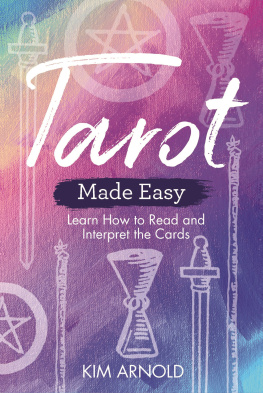
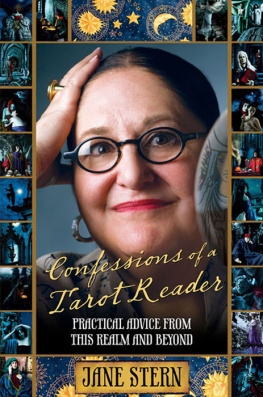
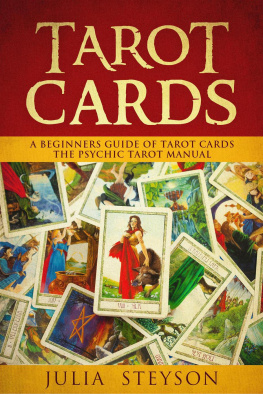
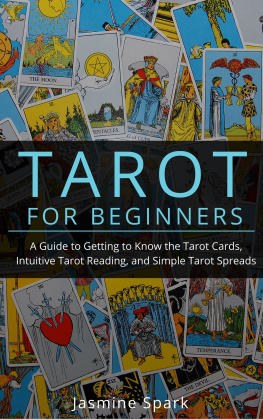
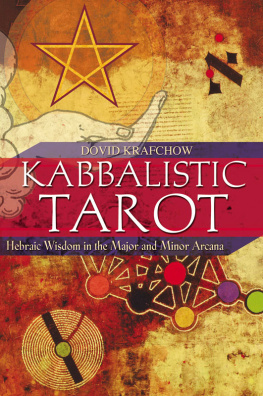
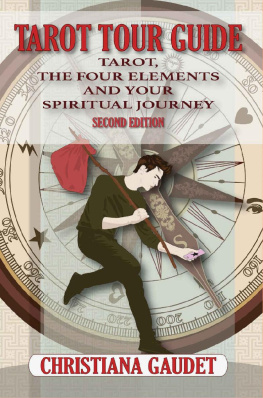

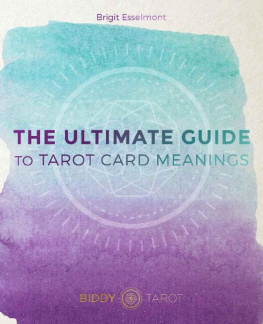
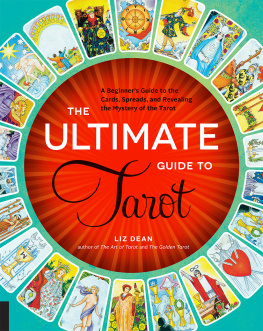
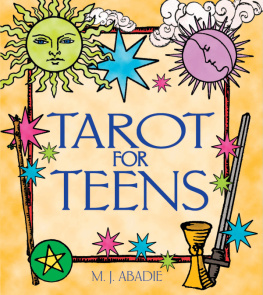

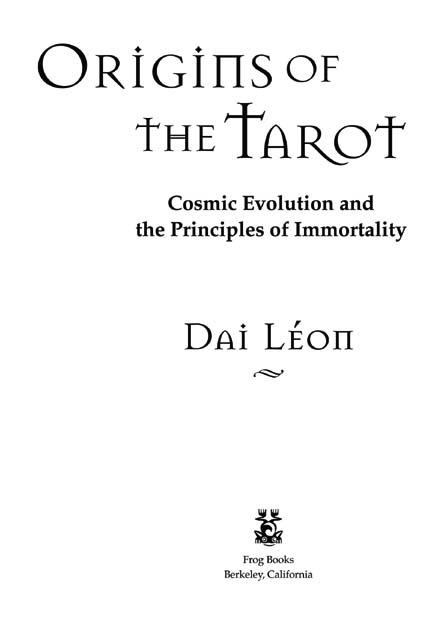
 he First is richness per se, and there is no greater richness.
he First is richness per se, and there is no greater richness.


 irst, homage must be paid to the sages and saints whose teachings of spiritual hierarchy nurtured the roots of Western esoteric tradition: Siddhartha Gautama, Heraclitus, Plotinus, Pseudo-Dionysius the Areopagite, Ibn
irst, homage must be paid to the sages and saints whose teachings of spiritual hierarchy nurtured the roots of Western esoteric tradition: Siddhartha Gautama, Heraclitus, Plotinus, Pseudo-Dionysius the Areopagite, Ibn  rabi, to name a few. The great wisdom traditions have been transmitted to the present day through the conscious sacrifice of untold hearts.
rabi, to name a few. The great wisdom traditions have been transmitted to the present day through the conscious sacrifice of untold hearts. onveying a cosmological view of Unity emanating as the World, along with a metaphysical view of Heart-Mind returning to that Unity, has been the difficult work of spiritual philosophers since the age of Heraclitus, Lao Tzu, and Siddhartha. The present text may seem at times dense in its terminology and breadth of coverage; however, taken as a whole, readers will find considerable clarification of the esoteric core of Indo-European culture.
onveying a cosmological view of Unity emanating as the World, along with a metaphysical view of Heart-Mind returning to that Unity, has been the difficult work of spiritual philosophers since the age of Heraclitus, Lao Tzu, and Siddhartha. The present text may seem at times dense in its terminology and breadth of coverage; however, taken as a whole, readers will find considerable clarification of the esoteric core of Indo-European culture.